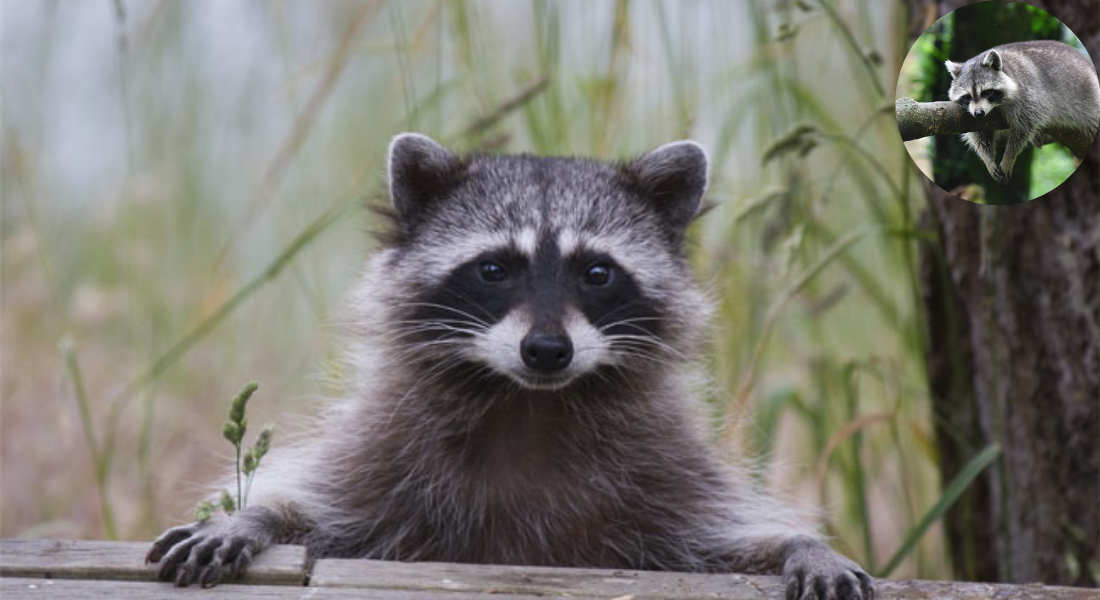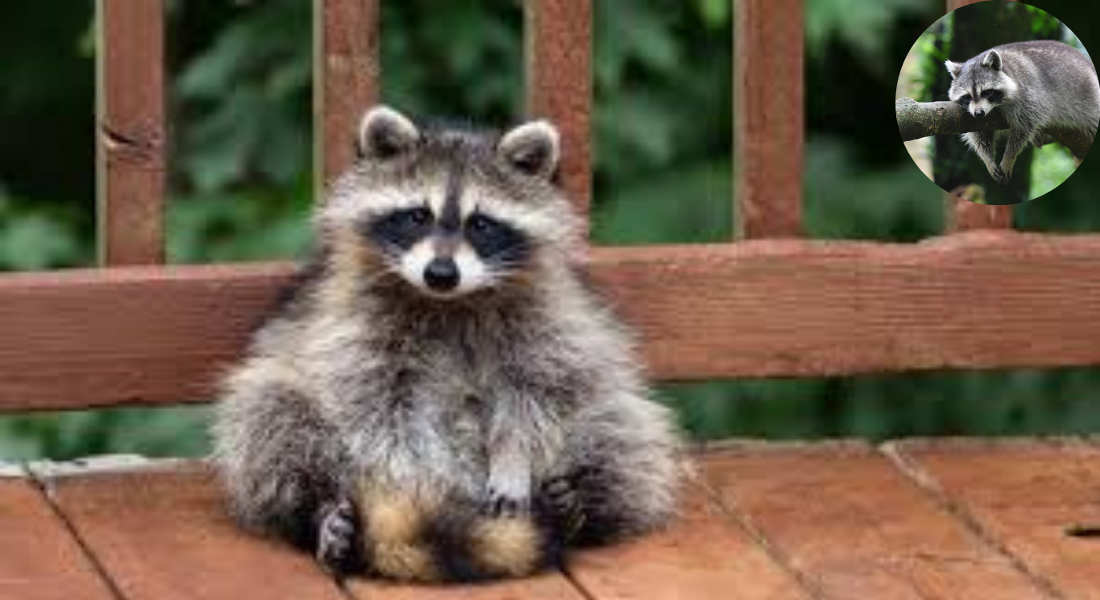Raccoons are curious, intelligent creatures that can often find themselves in places they shouldn’t be, like your home. While their playful antics may seem harmless at first glance, their presence indoors can quickly become a nuisance and even a health hazard. If you’ve found yourself searching for how to get raccoons out of the house, you’re not alone. Many homeowners face the challenge of safely and humanely evicting these uninvited guests.
Understanding Raccoons and Their Behaviour
To effectively evict raccoons from your home, it’s essential to first understand their behaviour, habits, and why they might have chosen your property for their temporary stay.
Who Are Raccoons?
Raccoons are medium-sized mammals native to North America. Recognisable by their distinctive black “mask” around their eyes and bushy, ringed tail, raccoons are highly adaptable animals that thrive in urban, suburban, and rural environments.
Why Do Raccoons Enter Homes?
Raccoons are opportunistic creatures. They’re drawn to homes for several reasons:
- Shelter: Attics, crawl spaces, chimneys, and sheds provide them with safe, warm places to nest, especially during winter or the breeding season.
- Food: Open trash cans, pet food left outside, bird feeders, and gardens are all attractive food sources for raccoons.
- Breeding Grounds: Female raccoons often enter homes to create a safe space for their kits (baby raccoons).
Common Entry Points in Homes
Raccoons are excellent climbers and can squeeze through surprisingly small openings. Here are some common ways they might access your home:
- Damaged or loose roof shingles
- Open vents or chimneys
- Gaps in siding or soffits
- Unsealed crawl spaces or basements
Signs You Have Raccoons in Your Home
I’m not sure if you’re dealing with raccoons. Look for these telltale signs:
- Noise: Scratching, thumping, or chattering sounds, especially at night.
- Droppings: Large, tubular droppings are often found near entry points or nesting areas.
- Damage: Torn insulation, chewed wires, or claw marks near entry points.
- Odour: A strong, musky smell from their nesting materials or urine.
Why It’s Important to Evict Raccoons Safely
While the idea of evicting a raccoon might sound straightforward, doing so improperly can lead to bigger problems for both you and the animal.
You may also read (why are earwigs invading my home).
Risks of Improper Eviction
- Injury: Raccoons can become aggressive if cornered, posing a bite or scratch risk.
- Orphaned Kits: Evicting a mother raccoon without her babies can leave the kits to starve, creating a secondary mess and ethical concern.
- Re-entry: Without sealing off entry points, raccoons will often return, sometimes bringing others with them.
Legal Considerations and Wildlife Protection Laws
Many regions have wildlife protection laws that prohibit the harm, relocation, or killing of raccoons without a permit. Always check your local regulations before attempting eviction.
Health Hazards
Raccoons can carry diseases and parasites harmful to humans, including:
- Raccoon Roundworm: A parasite found in raccoon faeces.
- Rabies: Though rare, rabies can be transmitted via bites or scratches.
- Leptospirosis: A bacterial infection spread through urine.
How to Get Raccoons Out of the House: Step-by-Step Safe Eviction Methods
Now that you understand the risks and behaviour of raccoons, let’s dive into practical, step-by-step methods for safely and humanely evicting them from your home.
You may also read (house painter make an hourly rate).
Initial Inspection and Identification
Before you begin, conduct a thorough inspection to locate the raccoon’s entry points and nesting site.
- Check for Babies: During breeding season (spring and summer), mother raccoons often have kits. Look for signs of a nest, such as shredded insulation or soft materials.
- Tools for Inspection: Use a flashlight, gloves, and protective clothing. A ladder may be necessary to inspect higher areas like attics or roofs.
- Safety First: Avoid direct confrontation with the raccoon to prevent injury.
Humane Eviction Techniques
Use of One-Way Doors
One-way doors allow raccoons to exit but prevent them from re-entering. These devices are most effective when installed by professionals, as improper use can trap animals inside.
Scaring Raccoons Out
Raccoons dislike loud noises, bright lights, and strong smells. Consider:
- Playing a radio on a high volume near the nesting site.
- Installing motion-activated lights.
- Spraying predator urine or using commercial raccoon repellents.
Eviction Fluids
Eviction fluids are specially designed scents that mimic predators or signal danger, encouraging raccoons to leave voluntarily.
Trapping and Relocation
If eviction techniques don’t work, trapping may be necessary. However, this method requires caution:
- Use Live Cage Traps: Place traps near the raccoon’s entry point and bait them with food like marshmallows or fruits.
- Check Local Laws: Relocating wildlife is illegal in many areas without a permit.
- Avoid Lethal Traps: These are inhumane and often unlawful.
Exclusion and Sealing Entry Points
Once the raccoon has been evicted, it’s crucial to prevent re-entry.
Common Entry Points: How to Seal Them
Roof vents : Install metal screens or vent covers
Chimneys use chimney caps
Holes in siding or soffits , Patch with durable metal or wire mesh
Crawl spaces or basements, install heavy-duty access covers
Preventing Future Raccoon Intrusions
Prevention is always better than cure. Here are some proactive steps to keep raccoons away from your home:
Secure Your Trash
- Use trash cans with locking lids.
- Store garbage indoors or in a secure shed until collection day.
Manage Food Sources
- Feed pets indoors or only during the day.
- Clean up fallen seeds from bird feeders and use raccoon-proof baffles.
Maintain Yard Cleanliness
- Trim tree branches that hang near your roof.
- Remove debris, woodpiles, or other potential shelters.
Install Protective Barriers
- Chimney caps, vent covers, and sturdy fencing can make your home less accessible.
When to Call a Professional Wildlife Removal Service
In certain situations, professional help is the best option. Here’s when to call an expert:
- Persistent raccoons that keep returning despite your efforts.
- Presence of baby raccoons or large nests.
- Concerns about health risks or personal safety.
Professional wildlife removal services can handle:
- Inspection and humane eviction.
- Sealing entry points and cleanup.
- Decontamination to remove faeces, urine, and parasites.
Legal and Ethical Considerations
Always prioritise humane treatment of raccoons. Check your local wildlife regulations to ensure compliance with the law. Many areas require permits for trapping and relocation. For more information, contact your local wildlife agency.
You may also read (house spiders explained).

